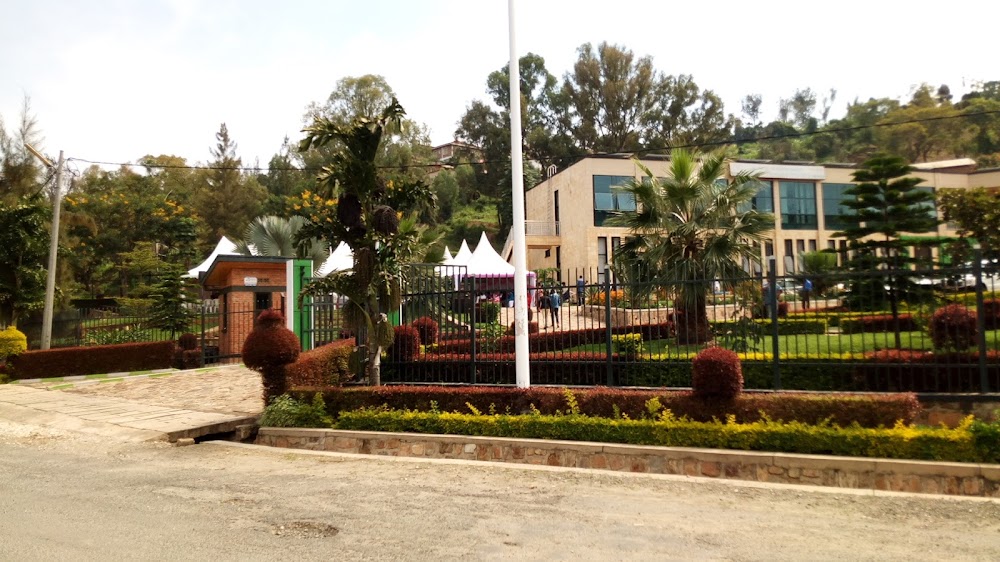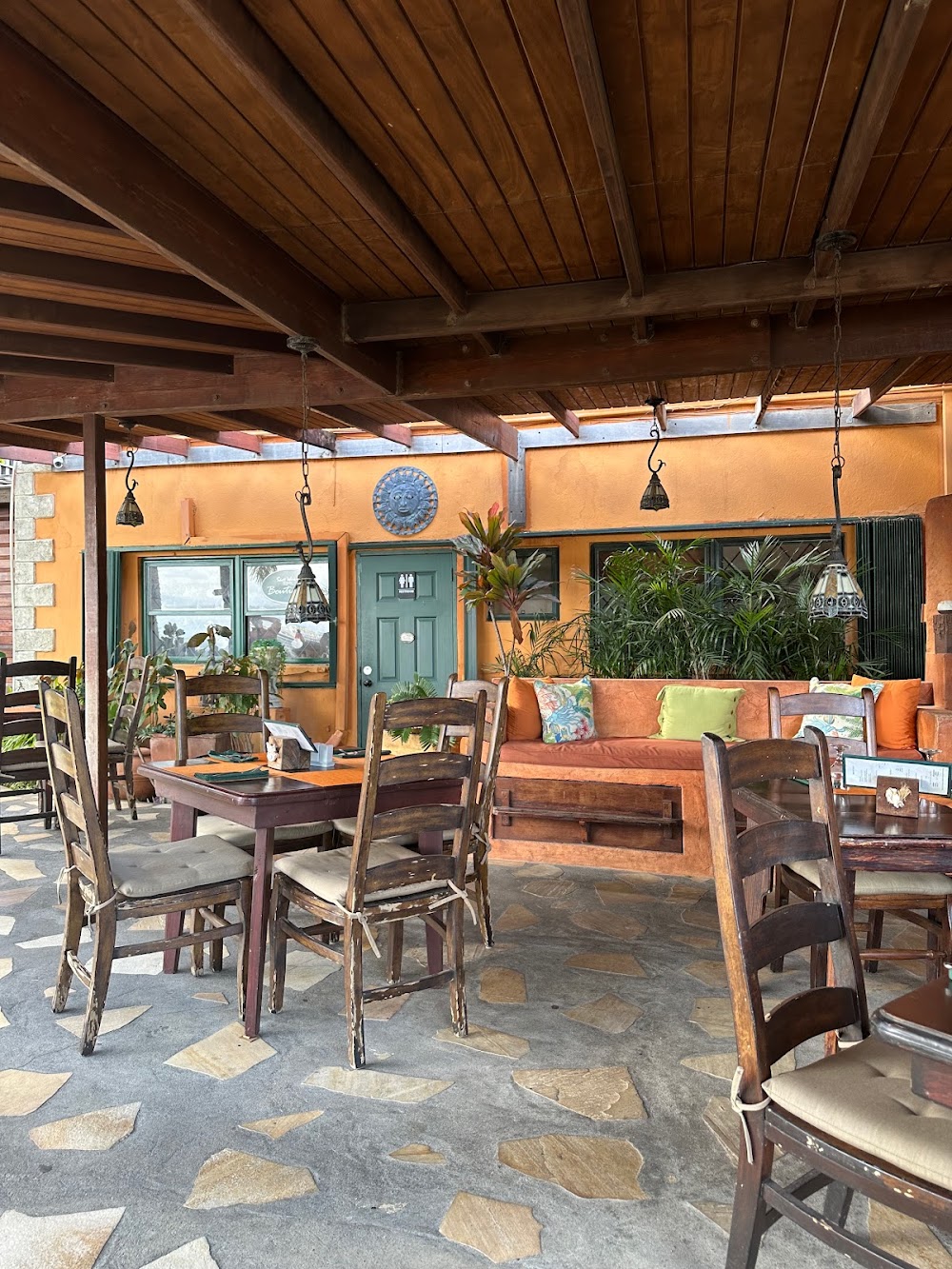Bisesero Genocide Memorial (Urufatiro rwa Bisesero)
Overview
The Bisesero Genocide Memorial in Kibuye, Rwanda, stands as a solemn tribute to the courage and resilience of those who perished during the 1994 genocide. Nestled in the picturesque hills of Bisesero, this memorial serves as one of the most poignant reminders of Rwanda's tragic past and a symbol of hope and reconciliation.
The story of the Bisesero Memorial is intertwined with one of the most harrowing yet heroic episodes of the genocide. In April 1994, as violence engulfed Rwanda, the Tutsi population in Bisesero sought refuge in the hills, believing they could defend themselves against the marauding Interahamwe militias. For months, these brave individuals resisted the attackers, leveraging the rugged terrain to their advantage and displaying incredible fortitude. Tragically, despite their efforts and the promise of international assistance, help never arrived, and the attackers eventually overwhelmed them. Thousands lost their lives in what is now known as the Bisesero Massacre.
The creation of the Bisesero Genocide Memorial was a collaborative effort aimed at honoring these victims and preserving their memory. Constructed in the early 2000s, the memorial site was strategically chosen for its proximity to the massacre sites, allowing the landscape itself to narrate part of the story. The design of the memorial is both simple and powerful, reflecting the gravity of the events it commemorates.
At the heart of the memorial stands a structure symbolizing the traditional Rwandan dwelling—a place of safety and community that was tragically violated. The building's interior is stark and unadorned, focusing on the names and photos of those who were lost. Outside, rows of simple wooden crosses are arranged, each representing a life cut short during the horrors of the genocide.
One of the most moving aspects of the memorial is the display of personal items left behind by the victims. These artifacts, ranging from everyday objects to cherished belongings, provide a tangible connection to the individuals who lived, loved, and ultimately perished in Bisesero. This personal touch serves as a powerful reminder of the humanity behind the tragedy, creating a profoundly personal experience for visitors.
The creation of the memorial involved significant input from survivors, local communities, and the Rwandan government. Survivors' stories played a crucial role in shaping the narrative of the memorial, ensuring that it accurately and respectfully represents the events and the people involved. The government remains committed to preserving such sites as part of a broader effort to promote healing and prevent future atrocities.
The Bisesero Genocide Memorial is not only a place of mourning but also a site of education and reflection. Visitors are encouraged to learn about the history of the genocide, understand the resilience of the Rwandan people, and commit to the principles of peace and unity. Guided tours often include discussions with survivors, providing invaluable perspectives on the events and their lasting impact on communities.
Through its design and the stories it holds, the Bisesero Genocide Memorial serves as a powerful testament to the strength and perseverance of the human spirit. It stands as a beacon of hope, a reminder of the past, and a call to action to ensure that such atrocities never happen again.
Today, the memorial continues to attract visitors from around the world who come to pay their respects and learn about this significant chapter in Rwanda's history. It serves as a poignant reminder of the consequences of hatred and underscores the importance of tolerance, understanding, and unity in building a better future for all.






